Visit Jerusalem
Visit Jerusalem, a city of profound historical and religious significance, captivates tourists with its diverse cultural tapestry. Its ancient Old City, a UNESCO World Heritage Site, houses sacred sites like the Western Wall, Church of the Holy Sepulchre, and Al-Aqsa Mosque. The bustling markets, like the vibrant Mahane Yehuda, offer authentic tastes and souvenirs.
Modern neighborhoods showcase art, cuisine, and innovation, while the stunning views from the Mount of Olives provide a breathtaking perspective of this timeless city, inviting visitors to explore its rich heritage.
Table of Contents
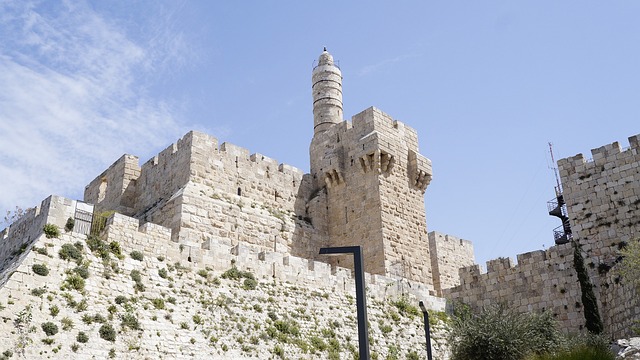
Places to Visit in Jerusalem & The Area
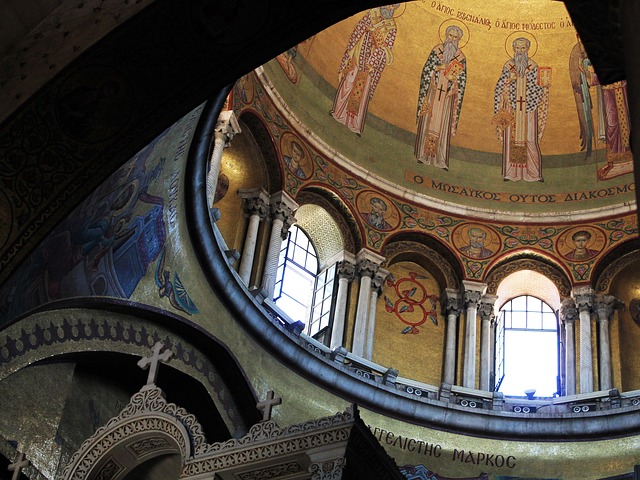
The Christian Quarter
The Christian Quarter in Jerusalem beckons tourists with its rich biblical heritage. Cobblestone streets lead to revered sites like the Church of the Holy Sepulchre, believed to house Jesus’ crucifixion and tomb. Bustling markets offer souvenirs, while the serene ambiance and ancient churches make it a pilgrimage of spiritual discovery.

Church of John The Baptist
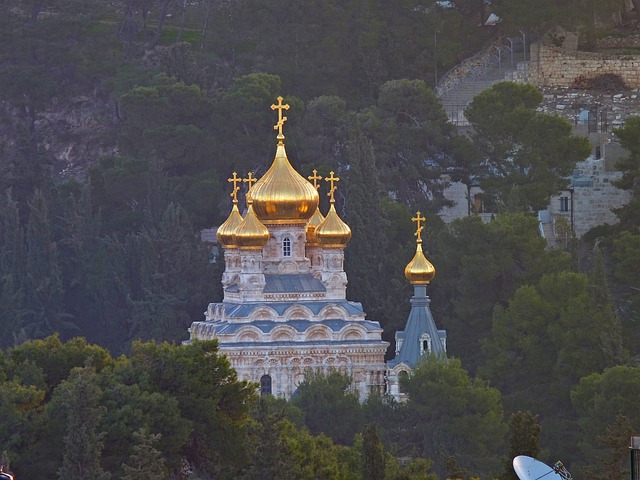
Mount of Olives
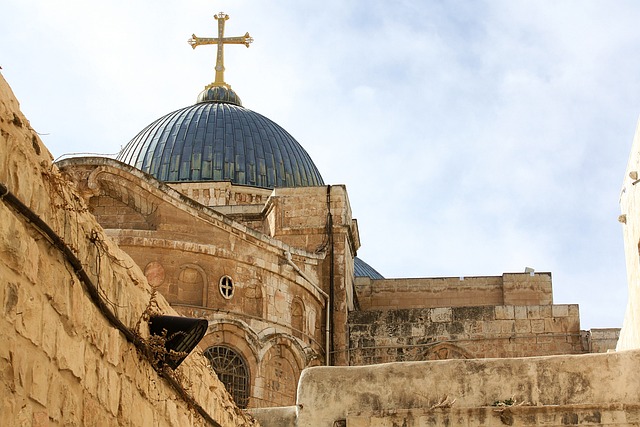
Church of the Holy Sepulchre
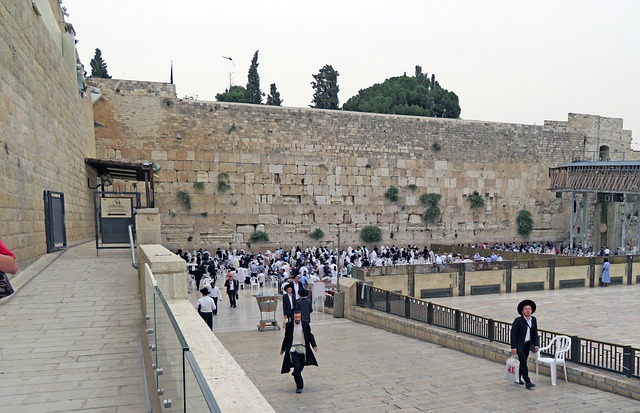
The Western Wall
The Western Wall, an iconic site in Jerusalem, magnetizes tourists with its profound religious importance. A remnant of the ancient Jewish Temple, it’s a place of prayer and reflection. Visitors place handwritten notes in its crevices, expressing hopes and wishes. The palpable devotion and historic resonance create a humbling experience, inviting travelers to connect with the heart of Jerusalem’s spiritual heritage.
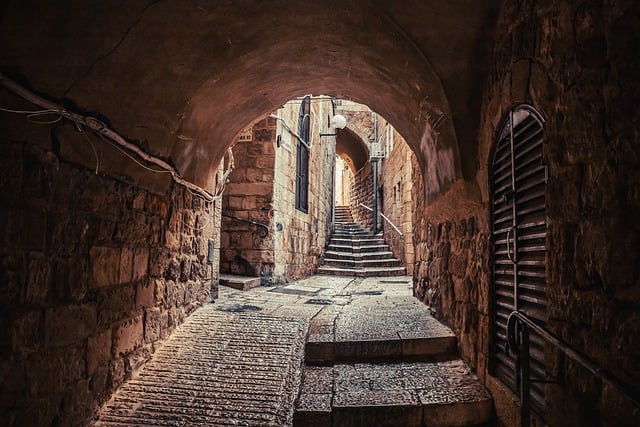
Jewish Quarter

Yad Vashem

Temple Mount

Via Dolorosa
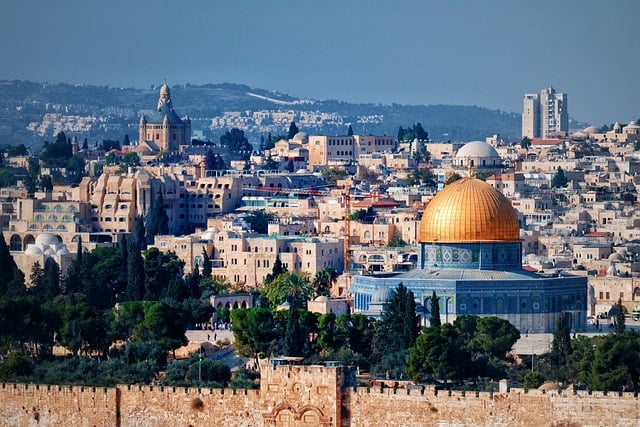
The Old City of Jerusalem

Western Wall Tunnels
The History of Jerusalem
Jerusalem boasts a rich and complex history dating back thousands of years. It has been a center of religious, political, and cultural significance for various civilizations. From ancient times, it was a focal point for the Israelites, witnessed the construction of the First and Second Temples, and became a contested area under Roman, Byzantine, and Islamic rule.
The Crusades left their mark during medieval times, followed by Ottoman rule. In the late 19th and early 20th centuries, Jerusalem became a focal point of tensions between Jewish and Arab communities. The city was part of the British Mandate and later became the center of conflict during the Arab-Israeli wars.
In 1948, following the establishment of the State of Israel, Jerusalem was divided between Israel and Jordan, with Israel controlling West Jerusalem and Jordan controlling East Jerusalem, including the Old City. The Six-Day War in 1967 led to Israel’s capture of East Jerusalem and subsequent annexation, a move not recognized internationally.
Jerusalem remains a city of immense religious importance for Judaism, Christianity, and Islam. It houses the Western Wall, Church of the Holy Sepulchre, and Al-Aqsa Mosque, contributing to its continued significance and complex geopolitical situation.
Holy Places for Christianity in Jerusalem
Jerusalem is a profoundly significant city for Christianity, housing several holy sites central to the faith:
Church of the Holy Sepulchre: Believed to be the site of Jesus Christ’s crucifixion, burial, and resurrection, this church is one of Christianity’s most sacred places. It encompasses Golgotha (Calvary), where the crucifixion took place, as well as the empty tomb where Jesus was buried.
Via Dolorosa: Also known as the Way of Suffering, this path within the Old City traces the route Jesus is said to have taken while carrying the cross to his crucifixion. It includes several stations representing significant events along the way.
Garden of Gethsemane: Situated on the Mount of Olives, this garden is believed to be where Jesus prayed before his arrest. The Church of All Nations, with its iconic façade, is located here.
Mount of Olives: Beyond its religious significance, this hill offers panoramic views of the city. It’s associated with Jesus’ ascension and is home to the Pater Noster Church and the Dominus Flevit Church.
Cenacle (Upper Room): Traditionally identified as the site of the Last Supper, this location holds special importance for Christians commemorating the institution of the Eucharist.
Dormition Abbey: This church commemorates the Assumption of Mary, where tradition holds that Mary fell into eternal sleep before her assumption into heaven.
St. Anne’s Church: Believed to be the birthplace of the Virgin Mary, this church also includes the Pool of Bethesda, where Jesus is said to have performed a healing miracle.
Church of St. Peter in Gallicantu: This church marks the location where Peter denied Jesus three times. It offers a vantage point overlooking the city and the Kidron Valley.
These sites attract millions of Christian pilgrims and tourists each year, making Jerusalem a central destination for those seeking to connect with the roots of their faith.
Jewish Holy Places in Jerusalem
Jerusalem holds profound religious significance for Judaism, with numerous holy sites that are integral to the faith:
Western Wall (Wailing Wall): The most iconic Jewish holy site, this ancient retaining wall of the Second Temple is a place of prayer, reflection, and the closest accessible point to the Holy of Holies. It is considered one of the holiest places in Judaism.
Temple Mount (Har HaBayit): This elevated platform is where the First and Second Temples once stood. It is revered as the holiest site in Judaism and is also significant for Islam as the location of the Dome of the Rock and Al-Aqsa Mosque.
Jewish Quarter: Within the Old City, the Jewish Quarter is home to various synagogues, yeshivas (religious schools), and archaeological sites that connect Jewish history to the city’s ancient past.
David’s Tomb: Located on Mount Zion, this site is traditionally associated with King David’s burial place and is a place of pilgrimage and prayer for Jews.
Yad Vashem: Israel’s official memorial to the victims of the Holocaust, Yad Vashem honors and remembers those who perished, as well as the stories of survivors and righteous individuals who helped during that dark period.
Mount of Olives: This hill is home to several Jewish cemeteries, including the oldest and most famous, where notable figures from Jewish history are buried. It is also associated with the future resurrection of the dead.
Hurva Synagogue: A historic synagogue in the Jewish Quarter, the Hurva Synagogue has been rebuilt multiple times and is a symbol of Jewish resilience and revival.
Hezekiah’s Tunnel: This ancient water tunnel beneath the City of David showcases impressive engineering and was used as a water source during biblical times.
Western Wall Tunnels: These underground passages provide insight into the architectural and historical aspects of the Western Wall and its surroundings.
These sites reflect the deep connection between Judaism and Jerusalem, drawing Jewish worshippers, visitors, and scholars from around the world to experience the spiritual and historical significance of the city.
Home » Places to Visit » Visit Jerusalem